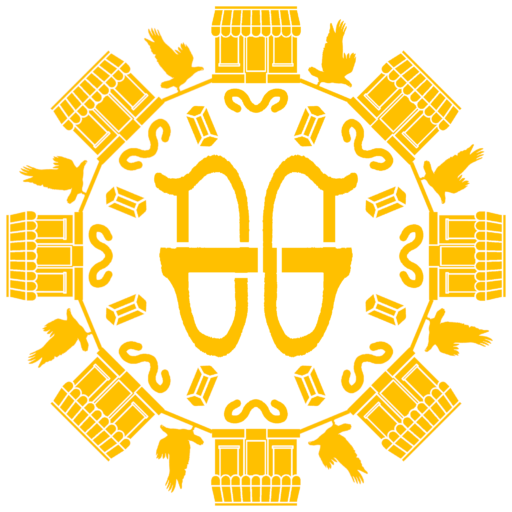This is bit of an interesting addition.
Plot
This book is essentially a compilation of strange words that carry complex meanings that come from many languages. De Boinod divides this book in sections dedicated to any situations in which the words or phrases might be used, such as greetings or family. Of course, he does not provide a concluding chapter, at least not one that encapsulates everything discussed in the world, nor expects to impart something to the reader.
Themes
A lot of these unique words provide contextual meaning particularly if involves the utility of the object or person it is describing. The word nubie yam is used in Ghana to refer to \”a farmer who points to his farm but does little more;\” while it is translated word-for-word into English as finger farm.
Languages appear to take advantage of the surroundings of the speakers in order to codify them. There are a lot of words that use reduplicate cases in order to intensify the meaning. Words can also be onomatopoeic in the case of noises, either animals or anything else.
Animals are the central theme behind many of these words and phrases, particularly since they surround humans and interact with them in a wide variety of ways. In the case of the domestication, it is clear that within some languages, there are completely different words to describe the same animal in various stages of its life or characteristics. The Persians have many words concerning camels, which shows just how valuable the animal is to them.
Human relationships also shape the words, particularly when it comes to marriage. There are insights into how gender roles are defined in these languages, with an example being the Inuit having the custom of sharing wives between men. While there is a chapter dedicated to human relationships, it is a theme that is spread throughout the book.
There are also words and phrases that can defy the conventions of English linguistics. Either there are words that consist of only one vowel, words with multiple vowel or consonant clusters, or long, deeply complicated words that can accurately describe anything.
Not only are there individual words but also phrases that tend to carry their own nuanced meaning, either through metaphors or literal words. They tend to reflect the living standards, biosphere, and overall environment of the places these languages tend to be spoken. Sometimes, they are creole languages, such as Tok Pisin spoken in Papua New Guinea, that have words carried over from English.
There are also changes of misunderstandings that might occur between English and non-English speakers. There are words that could be mistaken for being English words, but are really original to their own languages. De Boinod also notes that the hand signals, such as the OK and thumbs-up signs, are interpreted as profane anywhere in the world.
De Boinod
He is a unique author with an exceptional linguistic interest in words that have their own nuanced meanings. He worked as a researcher for the BBC show QI, which required him to search through hundreds of dictionaries, books, and sites for its content. This in turn inspired him to compile all of the unique words into a compilation that eventually became this book.
Writing Style
He writes with humor and is not afraid to make pictorial representations of the words in order to be given a full understanding of them. He also does not overwhelm you with any unnecessary information–particularly since some of the words are overwhelming in themselves.
Real World Application
If a lot can be learned from this book, then a lot can be learned about other cultures. From Native American to Swedish to Thai cultures, there can be an insight into how they can coin completely unique words. These languages that have such unique words and phrases shows that every culture has evidence that they are adaptive and can easily incorporate metaphors into their own language.
What to take away with that is that–particularly with the Inuit method of naming so many types of snow–no language is primitive simply because it does not fit within the conventions of your own culture. You never know, because the speaker of that language might have a firmer linguistic grasp of any topic.
It also shows that if anyone can take anything away from this book, it is that there are definitely words out there that can each be best described as \”a word for that.\” An example being the German word ohrwurm–or ear-worm–which means \”a catchy song that you can\’t get out of your own head.\”
Is it possible to use any of those words in a casual basis? I can definitely remember coming across the word kaizen in a job application for iCIMS and I did not know what it meant while the book itself stated that it was a Japanese word that meant personal development. These words might not be useful on their own, but if there is a moment to perfectly encapsulate a particular mood or behavior, then these words would suffice.
Suggest This Book To…
- Anyone interested in factoids. This book might be a conversation piece.
- Anyone who is willing to embark on travel, since there might be nuances to whatever country he wishes to go to that he may need to know beforehand.
De Boinod, Adam Jacot. \”The Meaning of Tingo and Other Extraordinary Words from Around the World.\” Penguin Press. 2006.
